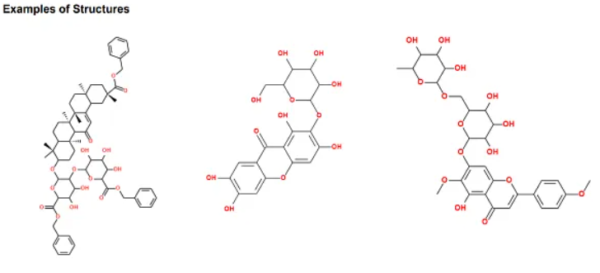Introduction:
Proteases, also known as peptidases or proteolytic enzymes, are key players in many biological processes, cleaving peptide bonds in proteins and peptides. Advancements in biotechnology have led to the development of protease libraries, collections of diverse proteases that allow for the efficient and rapid screening of protein substrates. In this blog post, we will explore the significance of protease libraries and highlight key points about their functions, diverse subtypes, and potential applications in drug discovery, biotechnology, and protein engineering.
Understanding Protease Libraries:
Screening and Characterization:
Protease libraries enable rapid screening and characterization of protein substrates, providing critical insights into the structure and function of biological molecules. These libraries can be used for a variety of applications, including identifying novel protein-protein interactions, determining cleavage sites in proteins, and exploring protein function and regulation.
Diversity of Proteases:
Protease libraries consist of a diverse range of proteases, each exhibiting unique substrate specificities and biochemical properties. These libraries can be composed of natural proteases or engineered proteases, allowing for greater control over substrate specificity and diversity. Some libraries may even include proteases from non-model organisms, further augmenting the diversity of the library.
Applications in Drug Discovery:
Protease libraries have immense implications in drug discovery, offering a vital tool for the identification and optimization of new drug targets. By screening large numbers of potential substrates, protease libraries can identify drug candidates that modulate specific protein interactions or enzymatic activity, ultimately aiding in the development of new therapies.
Biotechnological Applications:
Protease libraries have numerous biotechnological applications, including protein engineering and the production of bioactive peptides. By exploring the cleavage patterns of various proteases, these libraries can be used to engineer proteins with specific properties or to produce bioactive peptides for various applications, such as antibiotics or enzyme inhibitors.
Emerging Research and Future Directions:
Ongoing research continues to reveal new insights into protease function and their roles in disease states. The development of more diverse and efficient protease libraries could uncover novel drug targets and further our understanding of cellular processes.
Conclusion:
Protease libraries offer a powerful tool for exploring protein function and structure, with diverse applications in drug discovery, biotechnology, and protein engineering. The broad range of proteases contained within these libraries enables efficient screening and characterization of protein substrates, ultimately aiding in the development of new therapies and potential drug targets. As research into protease function and their roles in disease states continues, protease libraries will become increasingly important in understanding and modulating cellular processes.
#ProteaseLibraries

